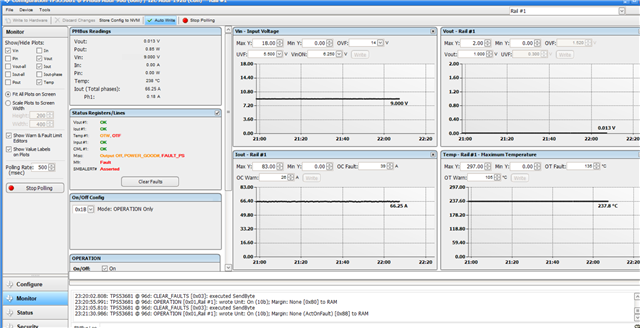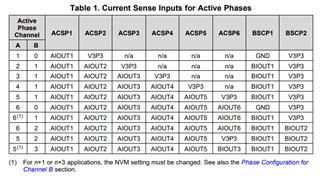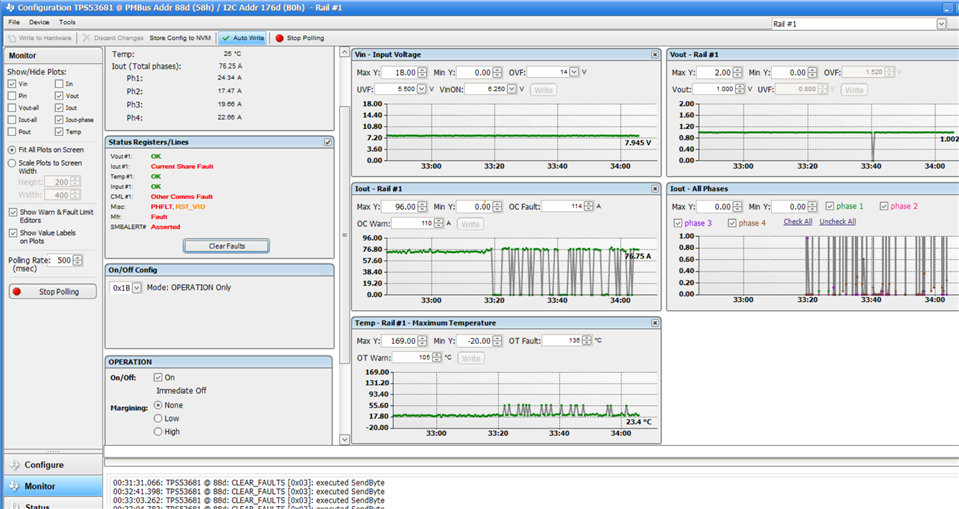Other Parts Discussed in Thread: CSD95490Q5MC
Tool/software:

- Dear staff, I encountered the following error while debugging a multiphase buck using TPS53681, which was designed by myself. It displayed a temperature error and no output voltage, displaying "output off", "fault_ps", and "power good" as shown in the figure. However, I used a temperature gun to display the temperature as normal, and I did not load during the debugging process, but the measured current was high. May I ask what is the reason? I only used the four channels of phase A, not channel B.MBUCK.pdf



